One of the most popular and significant Hindu Festivals, Diwali is celebrated under the name of ‘Tihar’ in Sikkim and other parts of North East India. The “festival of lights” covers the entire state in the veil of glittering lamps, offering people an opportunity to remove darkness not only from their homes but, also from their souls. Worship of animals, ‘Laxmi Ganesh Pujan’, bursting of crackers and singing of traditional fold songs called ‘Deusi and Bhailo’ are some of the most important highlights of Tihar, and which are sure to provide tourists and travellers a unique opportunity to witness Sikkim from a different perspective and religion, other than Buddhism.
History of the Festival
The festival is celebrated in commemoration of the auspicious day when Lord Rama along with his wife Sita and brother Laxmana returned to Ayodhya after 14 long years of exile. To celebrate the occasion, people of Ayodhya lit lamps at every nook and corner, signifying the end of darkness and ignorance in their lives. Tihar or Diwali (as popular in other parts of India) is one of the most significant festival for every Hindu in the country and is celebrated with unmatched fervour every year.
Duration of the Festival
The festival of Tihar is celebrated in the dark half of the holy Kartik Month of the Hindu Calendar, which usually falls somewhere between October-November timeframe. The five days of the festival honors some of the most significant animals in Hindu mythology on successive days, paying their gratitude to each one of them.
Highlights & Important Rituals of the Festival
In Sikkim, Tihar is a five day long fiesta that begins with the celebrations of ‘Kaag Tihar’, first day when crows (the symbol of sadness and sorrow) are worshipped and offered with sweets as a belief that doing so would avert grief and death from the homes.

Second day, also known as ‘Kukkar Tihar’ is dedicated to dogs. Since dogs own a special place in Hindu mythology, they are too worshipped on this day and are offered with garlands, tika and sweets. Third day or the day of Deepavali, also known as ‘Gai Tihar’ in local Sikkimese dialect, is a special day dedicated to cows, the symbol of prosperity and wealth as per Hindu mythological beliefs; cows are garlanded and offered with the green grass. Laxmi Pujan is also done on the day of Gai Tihar. Lights, fireworks and the folk songs of ‘Deusi and Bhailo’, narrating the story of the festival on the night of Gai Tihar provides for a magnetic spectacle, leaving everyone with some wonderful memories of the celebrations. Next two day follow the ‘Govardhan Puja’ and ‘Bhai Tika’, also famous as ‘Bhai Dooj’ in Northern parts of India.

















































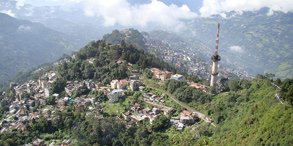


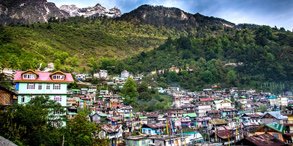
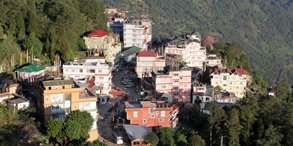
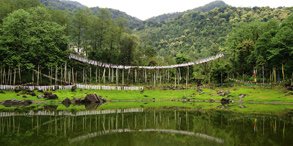
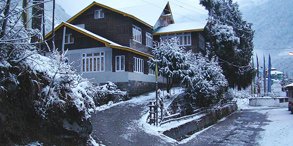
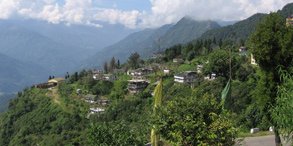
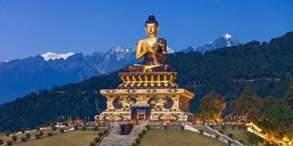
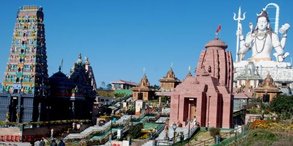
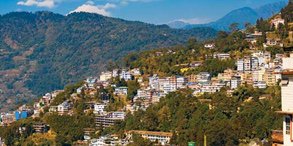

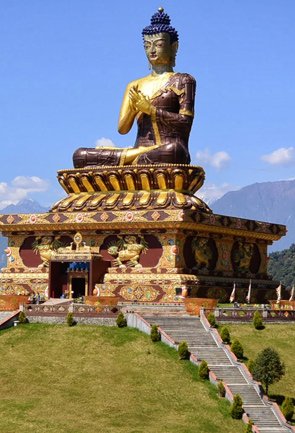

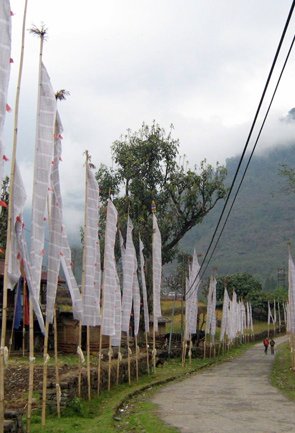


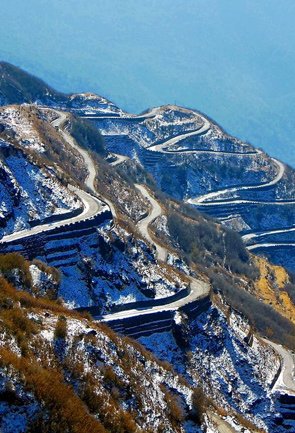

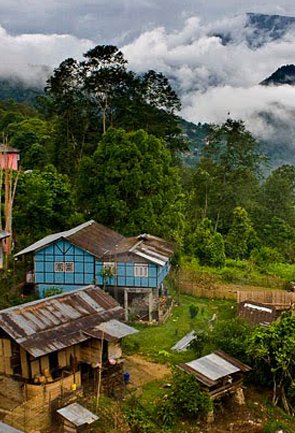
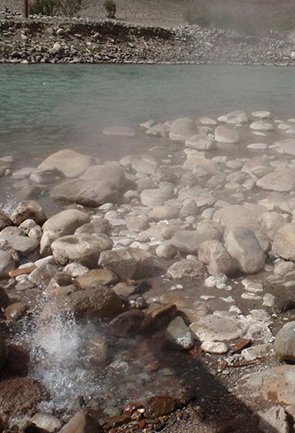
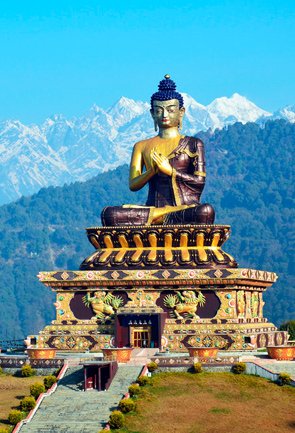

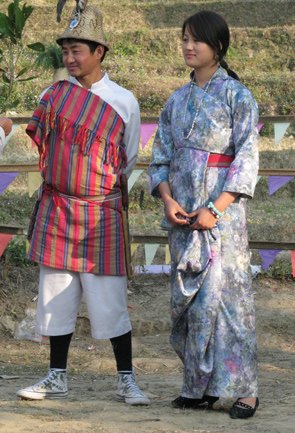
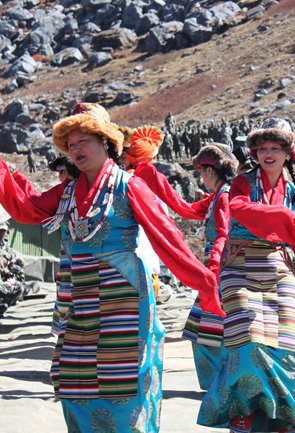
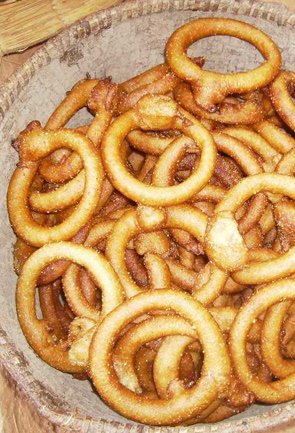


 Plan Trip
Plan Trip Call Us
Call Us Packages
Packages Home
Home